The network of backcountry roads winding through north Florida offer pleasant views of rolling pastures, fields of cotton, old tobacco barns, and, occasionally, a scenic overlook of our local “hills”. Many of these roads follow the original trails blazed by early settlers, or even Native Americans. Traveling along these small roads during the late summer and fall, drivers are also presented with an abundance of wildflowers along the road. It’s fun to imagine travelers of past generations being awarded the same colorful displays in days of yore.
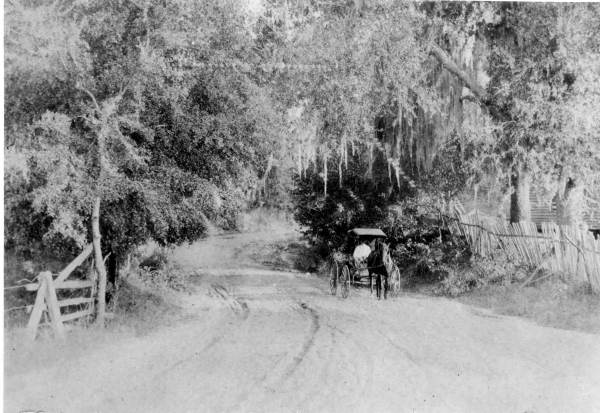
Some of the most common roadside wildflowers of late summer include Spanish needles (Bidens alba), goldenrod (Solidago spp.), silkgrass (Pityopsis spp.), slender scratchdaisy (Croptilon divaricatum), goldenaster (Chrysopsis spp.), and, one that the early settlers wouldn’t have seen, showy rattlebox (Crotalaria spectabilis), an invasive, exotic species that was introduced in the 1920’s.
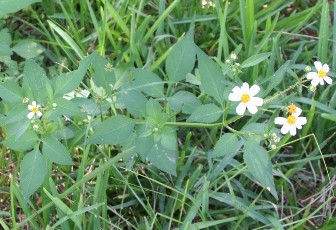
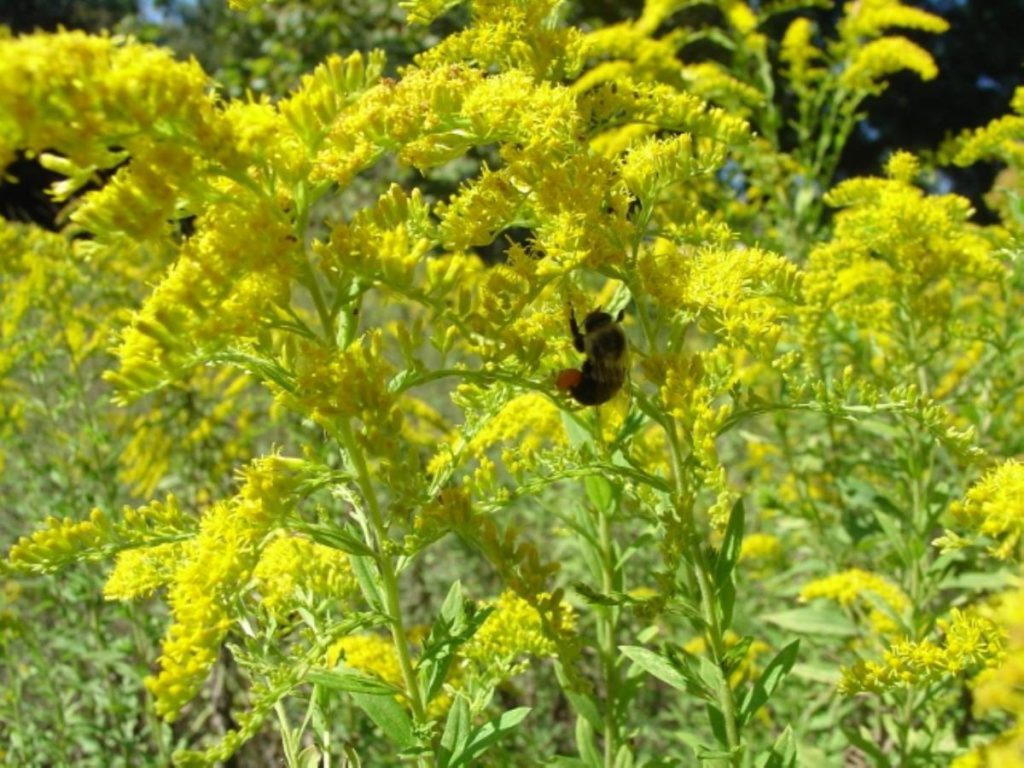
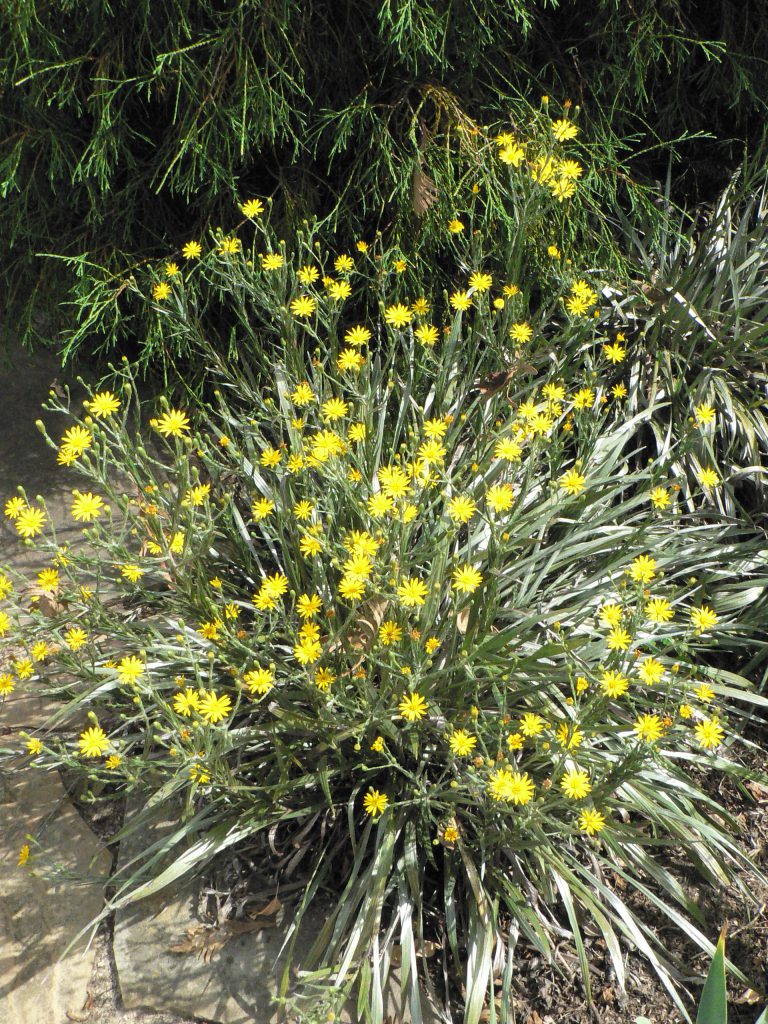
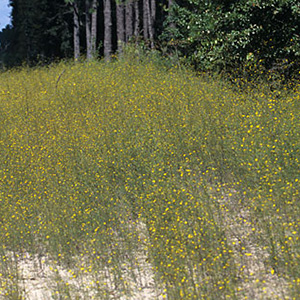
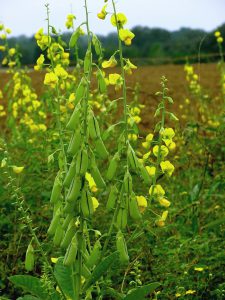
Many of these roadside wildflowers can also be found in home lawns and landscapes, usually in areas infrequently mowed, such as fence lines and field edges. Except for showy rattlebox, these roadside wildflowers are native species adapted to dry, disturbed sites, like roadsides. These native species provide ecosystem services to many native insects and other pollinators, including honey bees. Depending upon site particularities, allowing these plants to thrive in the residential landscape can provide similar ecosystem services and similar reward of color as is found along country back-roads.
While most folks would probably just consider these plants weeds, that determination depends upon an individual’s situation and each gardener’s opinion. In one yard, maybe it’s a weed, but along the roadside, it’s called a wildflower! Certainly, if left to set seed, these plants will spread. Mowing prior to seed maturity can help keep them in check while still getting a temporary show of color. Again, any showy rattlebox should be controlled since it is an invasive, exotic species that can invade natural Florida ecosystems and smother native plants. It’s also toxic to many animals if ingested.
North Florida’s roadside wildflowers are a pleasure see while cruising the back roads. If recognized and allowed to grow in residential landscapes, these plants can provide the same aesthetic and environmental benefits.
If you are interested in what’s growing in your yard, or local roadside, contact your county’s UF/IFAS Extension office.
 0
0
